Home>Gardening & Outdoor>Landscaping Ideas>How To Kill Bahia Grass
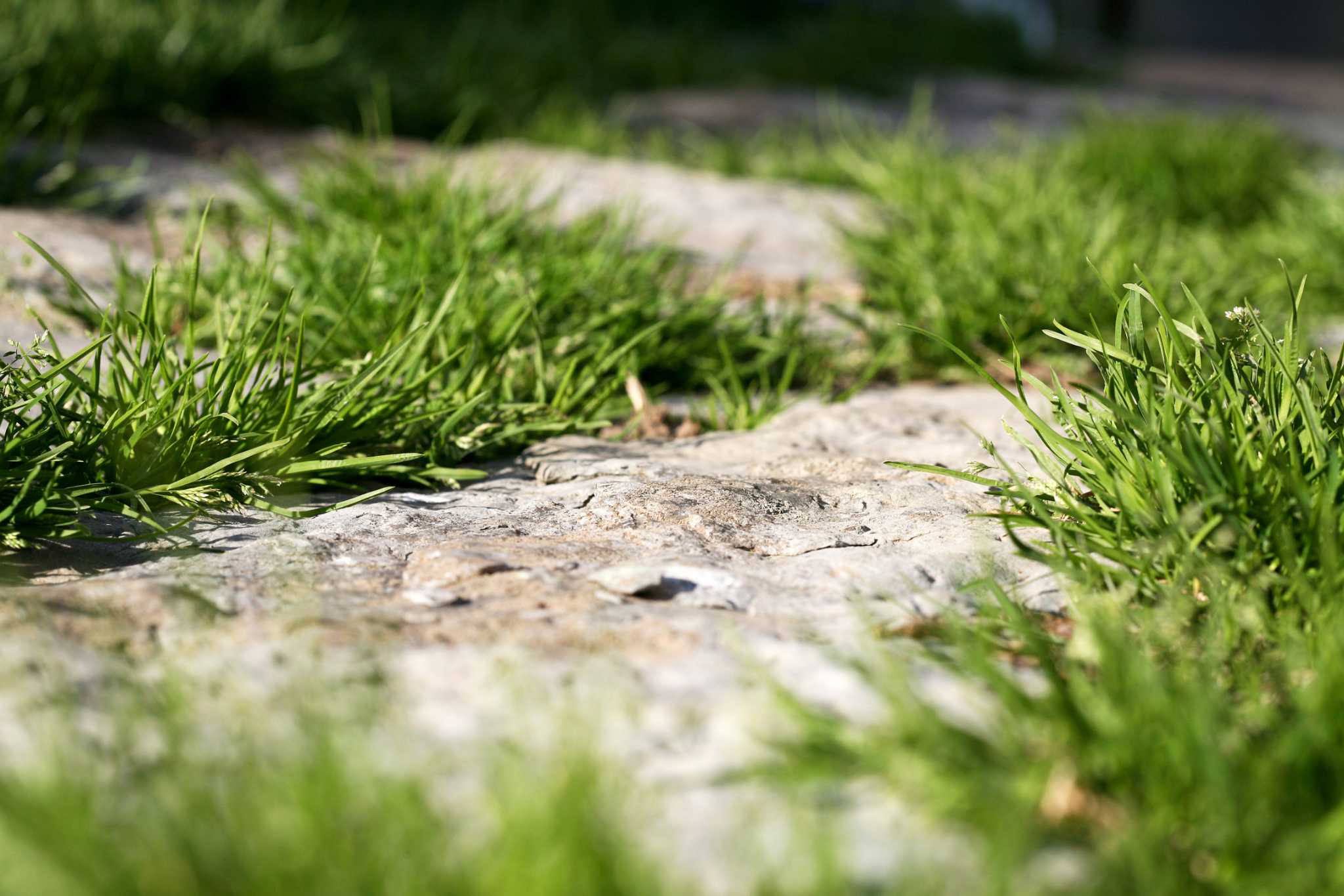

Landscaping Ideas
How To Kill Bahia Grass
Modified: February 18, 2024
Learn effective landscaping ideas to kill Bahia grass and transform your lawn. Discover expert tips for removing Bahia grass and improving your landscape.
(Many of the links in this article redirect to a specific reviewed product. Your purchase of these products through affiliate links helps to generate commission for Storables.com, at no extra cost. Learn more)
Introduction
Welcome to the ultimate guide on how to rid your lawn and garden of the resilient and invasive Bahia grass. Dealing with unwanted Bahia grass can be a frustrating challenge for any landscaping enthusiast. However, armed with the right knowledge and strategies, you can effectively tackle this persistent grass species and restore the beauty of your outdoor space.
In this comprehensive guide, we will delve into the characteristics of Bahia grass, explore various identification methods, and discuss both manual and chemical control options. Additionally, we will provide insights into preventing the re-growth of Bahia grass, ensuring that your efforts yield long-lasting results.
Whether you're a seasoned gardener or a novice enthusiast, this guide is designed to equip you with the information and techniques needed to effectively combat Bahia grass and maintain a flourishing landscape. Let's embark on this journey to reclaim your outdoor oasis from the clutches of Bahia grass!
Key Takeaways:
- Say goodbye to Bahia grass by hand-pulling clumps and using selective herbicides. Prevent regrowth by overseeding with competitive grass species and regular maintenance.
- Combat Bahia grass with patience and persistence, using manual removal and targeted herbicides. Prevent regrowth with overseeding and proactive maintenance for a lush, weed-free landscape.
Read more: What Chemical Will Kill Bahia Grass
Understanding Bahia Grass
Bahia grass, scientifically known as Paspalum notatum, is a warm-season perennial grass that is native to South America. It is widely recognized for its exceptional heat and drought tolerance, making it a popular choice for pastures, roadsides, and erosion control in various regions. However, its robust nature and rapid spreading tendencies have also earned it a reputation as a stubborn weed in lawns, gardens, and agricultural fields.
This coarse-textured grass typically features V-shaped seed heads and flat, broad leaves that can reach up to 12 inches in height. Its extensive root system enables it to thrive in a variety of soil types, including sandy and acidic soils, further contributing to its resilience. Bahia grass is known for its ability to withstand heavy foot traffic, making it a common sight in high-traffic areas where other grass species struggle to survive.
One of the key challenges associated with Bahia grass is its aggressive reproduction through both seeds and rhizomes, allowing it to quickly colonize open spaces and outcompete other desirable plant species. Its prolific growth and ability to establish deep roots make it a formidable opponent for anyone seeking to maintain a well-manicured lawn or garden.
Understanding the growth habits and adaptability of Bahia grass is crucial for implementing effective control measures. By gaining insight into its characteristics and growth patterns, you can develop a targeted approach to managing and eradicating this persistent grass species from your outdoor environment.
Identifying Bahia Grass
Recognizing Bahia grass amidst the myriad of plant species in your landscape is essential for implementing targeted control strategies. When identifying Bahia grass, several key characteristics can aid in its differentiation from other grasses and weeds.
One of the most distinctive features of Bahia grass is its V-shaped seed heads, which are arranged in clusters atop tall, slender stalks. These seed heads can vary in color, ranging from green to brown as they mature, and are often a prominent visual cue for identifying Bahia grass in a lawn or garden setting.
Additionally, Bahia grass exhibits flat, broad leaves with a coarse texture, and its growth habit tends to form dense clumps or mats, creating an uneven and unkempt appearance within the landscape. The grass blades can reach lengths of up to 12 inches, contributing to its coarse and robust nature.
When inspecting the base of the grass plants, you may also observe the presence of rhizomes, which are underground stems that enable Bahia grass to spread and establish new growth points. These rhizomes play a significant role in the grass’s ability to rapidly colonize open spaces and compete with other plant species.
Furthermore, Bahia grass often thrives in areas with poor soil quality and exhibits exceptional heat and drought tolerance, making it a common sight in regions with challenging environmental conditions. Its resilience and ability to thrive in adverse circumstances contribute to its reputation as a persistent and challenging weed in both managed and wild landscapes.
By familiarizing yourself with these distinguishing characteristics, you can confidently identify Bahia grass and differentiate it from other grass species and weeds that may coexist within your outdoor environment. This foundational knowledge is instrumental in formulating an effective eradication and management plan tailored to the unique traits of Bahia grass.
Manual Removal Methods
Employing manual removal methods is a fundamental approach to controlling Bahia grass infestations, particularly in smaller lawn and garden areas where chemical intervention may not be feasible or desirable. While manual removal requires physical effort and persistence, it can effectively reduce Bahia grass populations and prevent its spread within the landscape.
One of the primary manual removal techniques involves hand-pulling Bahia grass clumps and individual plants. This method is most effective when the soil is moist, as it facilitates the extraction of the entire root system, minimizing the potential for regrowth. When manually removing Bahia grass, it is essential to grasp the base of the plant firmly and gently pull upward, ensuring that the roots are fully extracted from the soil.
For larger infestations or areas with dense Bahia grass coverage, using a garden hoe or hand shovel to carefully dig out the grass clumps can expedite the removal process. By loosening the soil around the grass and leveraging the tools to lift the clumps, you can effectively minimize the presence of Bahia grass within the landscape.
After manually removing Bahia grass, it is crucial to dispose of the plant material responsibly to prevent re-establishment. Properly bagging and disposing of the removed grass, preferably in designated green waste bins or composting facilities, can mitigate the risk of unintentional regrowth and further spread of Bahia grass.
In instances where manual removal may not entirely eradicate Bahia grass, combining it with other control methods, such as overseeding with desirable grass species or implementing landscape fabric barriers, can bolster the effectiveness of manual intervention.
While manual removal methods require diligence and ongoing maintenance, they offer a non-toxic and environmentally friendly approach to managing Bahia grass infestations. By integrating manual removal with other targeted control strategies, you can gradually reduce the presence of Bahia grass and restore the vitality of your lawn and garden, fostering a lush and resilient outdoor environment.
To kill Bahia grass, use a non-selective herbicide containing glyphosate. Apply the herbicide on a calm, sunny day when the grass is actively growing for best results.
Chemical Control Options
When faced with extensive Bahia grass infestations or persistent regrowth, implementing chemical control options can provide an effective means of managing this resilient weed. Selective herbicides designed to target Bahia grass while preserving desirable plant species offer a strategic approach to reducing its presence within the landscape.
One of the primary herbicidal options for controlling Bahia grass is the use of selective grass-killing herbicides containing active ingredients such as sethoxydim or fluazifop. These herbicides are formulated to specifically target grassy weeds while minimizing adverse effects on broadleaf plants, allowing for targeted and precise application in lawns and ornamental landscapes.
Before applying any herbicidal treatment, carefully read and follow the product label instructions and safety guidelines to ensure proper application and minimize environmental impact. It is essential to consider factors such as weather conditions, application timing, and potential off-target effects when utilizing chemical control methods to manage Bahia grass.
In cases where Bahia grass encroaches upon non-crop areas, such as fence lines, driveways, or sidewalks, non-selective herbicides containing glyphosate can be applied with caution to effectively eradicate the grass. These herbicidal treatments should be used judiciously, taking care to avoid contact with desirable plants and employing targeted application methods to limit unintended damage.
For larger-scale infestations in agricultural or natural areas, seeking guidance from agricultural extension services or professional landscapers can provide valuable insights into selecting and applying herbicidal treatments tailored to the specific requirements of the landscape and the extent of Bahia grass infestation.
When employing chemical control options, it is crucial to prioritize safety, environmental responsibility, and adherence to local regulations governing herbicide use. By integrating chemical control with other targeted management strategies, you can effectively mitigate Bahia grass infestations and foster a thriving outdoor environment characterized by diverse and desirable plant species.
Read more: How To Plant Bahia Grass
Preventing Bahia Grass Re-Growth
After implementing control measures to manage Bahia grass infestations, preventing re-growth is essential to maintain a weed-free landscape and safeguard the vitality of your outdoor space. By incorporating proactive strategies and ongoing maintenance practices, you can minimize the resurgence of Bahia grass and promote the flourishing growth of desirable plant species.
One effective approach to preventing Bahia grass re-growth involves overseeding the treated areas with high-quality grass seed blends that are well-suited to the local climate and growing conditions. By introducing competitive grass species, such as Bermuda grass or Zoysia grass, you can create a dense and resilient turf that inhibits the establishment of Bahia grass and other invasive weeds.
Implementing regular mowing practices at the appropriate height for the selected grass species can further deter Bahia grass re-growth. Maintaining a consistent mowing schedule and adhering to the recommended mowing height helps promote the vigor of desirable grasses while suppressing the resurgence of Bahia grass and other opportunistic weeds.
Incorporating a pre-emergent herbicide application tailored to the germination patterns of Bahia grass seeds can provide an additional layer of defense against re-growth. Pre-emergent herbicides create a barrier that inhibits the germination and establishment of weed seeds, including those of Bahia grass, contributing to long-term weed control and landscape preservation.
Regularly inspecting the treated areas for any signs of Bahia grass regrowth and promptly addressing any emerging plants through targeted removal or spot treatments can prevent the re-establishment of this resilient weed. Vigilance and proactive intervention are key components of a comprehensive strategy to prevent Bahia grass from reclaiming territory within your landscape.
Furthermore, fostering optimal soil health through proper irrigation, balanced fertilization, and adequate aeration can promote the robust growth of desirable grass species while creating an inhospitable environment for Bahia grass re-growth. By nurturing a thriving and resilient lawn, you can effectively suppress the resurgence of Bahia grass and maintain a visually appealing and healthy outdoor environment.
By integrating these preventive measures into your landscape maintenance routine, you can fortify the long-term success of your Bahia grass control efforts and cultivate a vibrant outdoor space characterized by lush, resilient vegetation.
Conclusion
Combatting Bahia grass invasions requires a strategic and multi-faceted approach, encompassing both proactive prevention and targeted intervention. By understanding the distinctive traits of Bahia grass and implementing effective control methods, you can reclaim your outdoor space from the encroachment of this resilient weed and foster a vibrant and healthy landscape.
From manual removal techniques to judicious chemical control options, the arsenal of strategies available for managing Bahia grass empowers landscaping enthusiasts to address infestations with precision and efficacy. By leveraging these methods in conjunction with preventive measures, such as overseeding and regular maintenance, you can curtail the re-growth of Bahia grass and promote the flourishing growth of desirable plant species.
As you embark on your journey to eliminate Bahia grass from your landscape, it is essential to approach the task with patience and persistence, recognizing that sustained efforts yield long-lasting results. By integrating sustainable and environmentally responsible practices into your weed management approach, you can cultivate a resilient and visually captivating outdoor environment that thrives free from the encumbrance of Bahia grass.
Armed with the insights and strategies outlined in this comprehensive guide, you are equipped to take on the challenge of eradicating Bahia grass and cultivating a landscape teeming with lush, desirable vegetation. Embrace the opportunity to transform your outdoor oasis into a flourishing haven, free from the constraints of invasive weeds, and revel in the beauty and vitality of your revitalized lawn and garden.
With a steadfast commitment to proactive management and a deep understanding of Bahia grass control, you can embark on a journey toward a landscape that embodies resilience, vibrancy, and enduring beauty.
Frequently Asked Questions about How To Kill Bahia Grass
Was this page helpful?
At Storables.com, we guarantee accurate and reliable information. Our content, validated by Expert Board Contributors, is crafted following stringent Editorial Policies. We're committed to providing you with well-researched, expert-backed insights for all your informational needs.
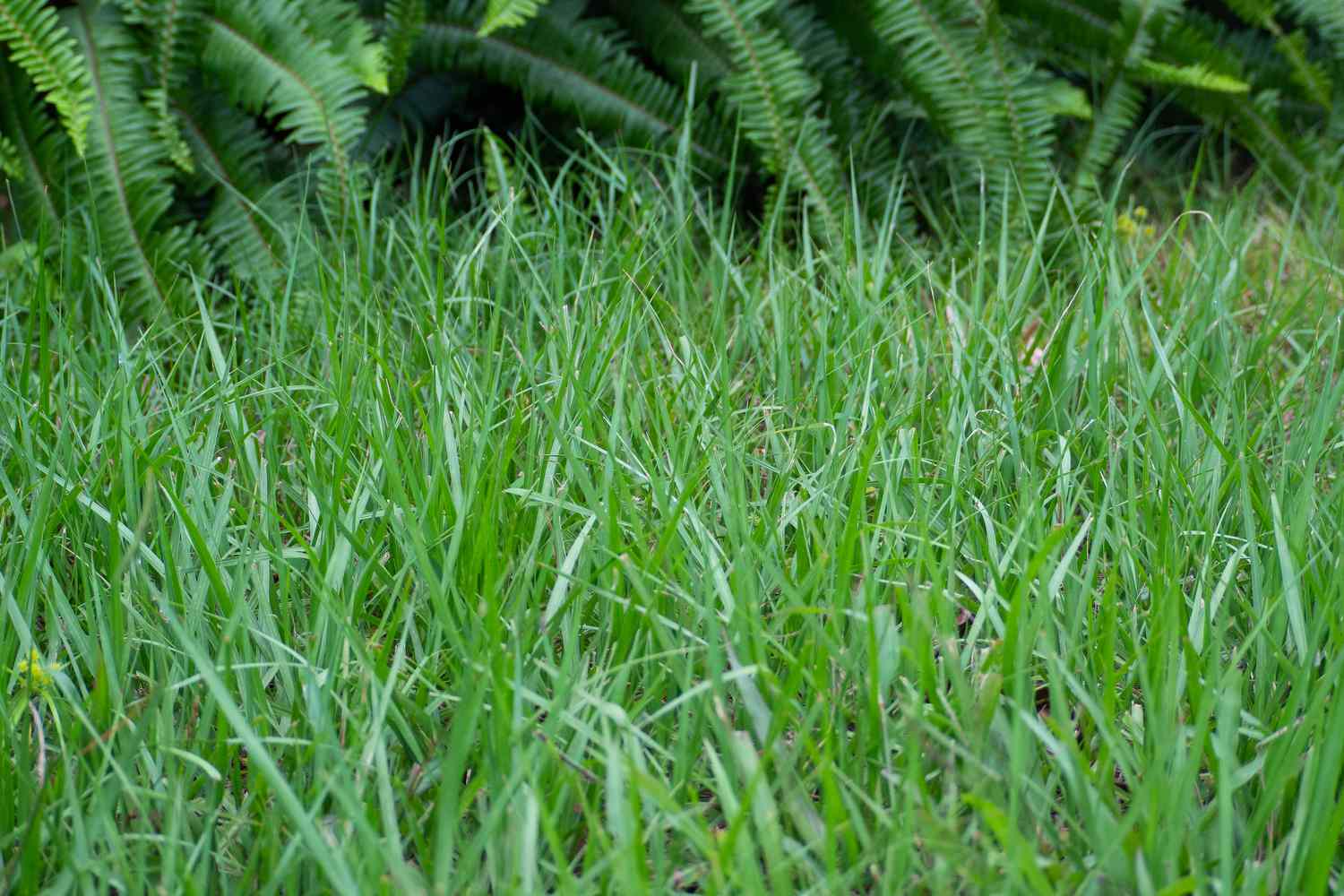
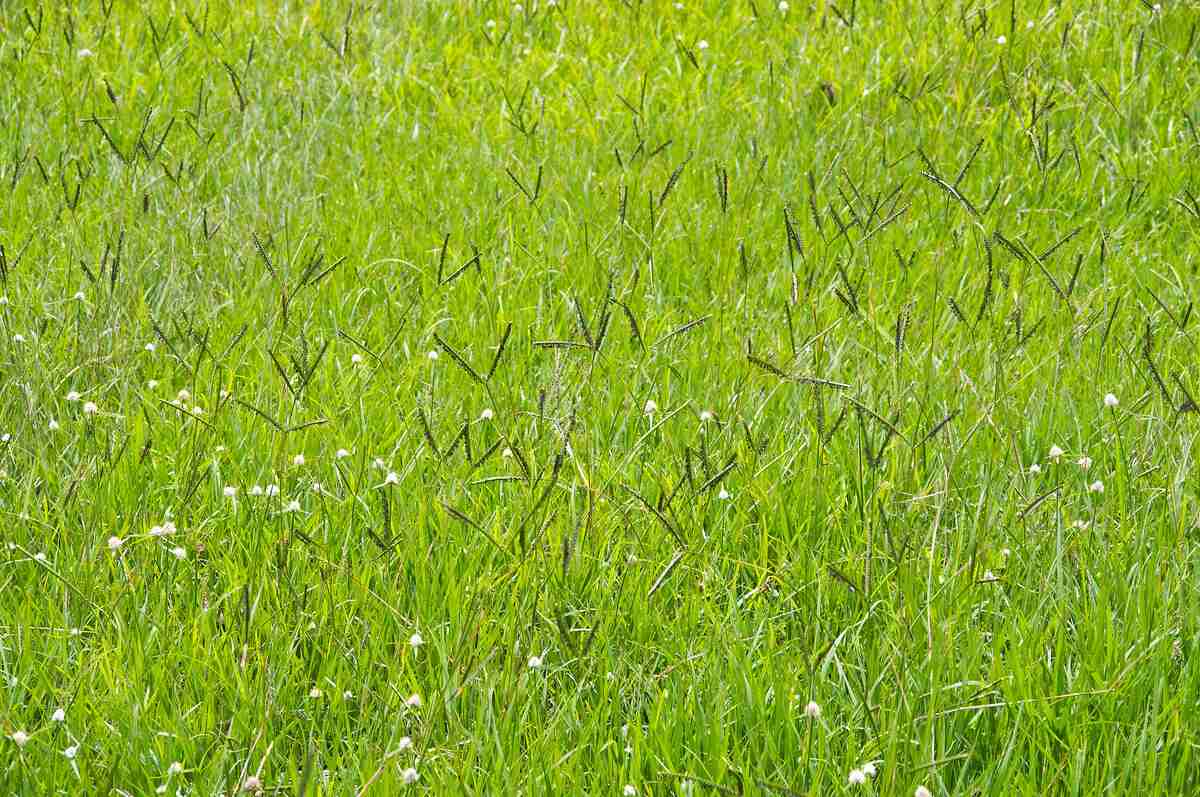
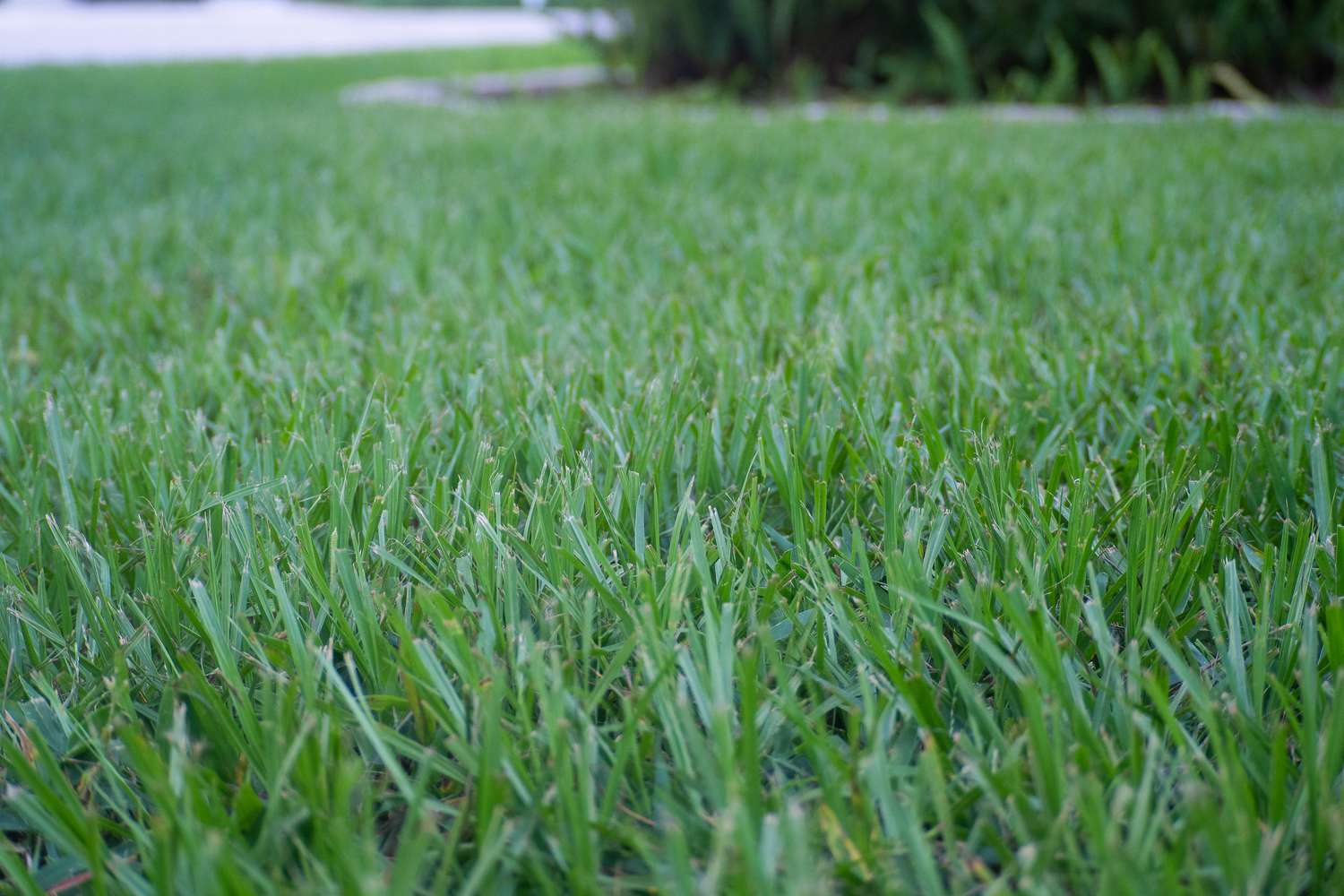

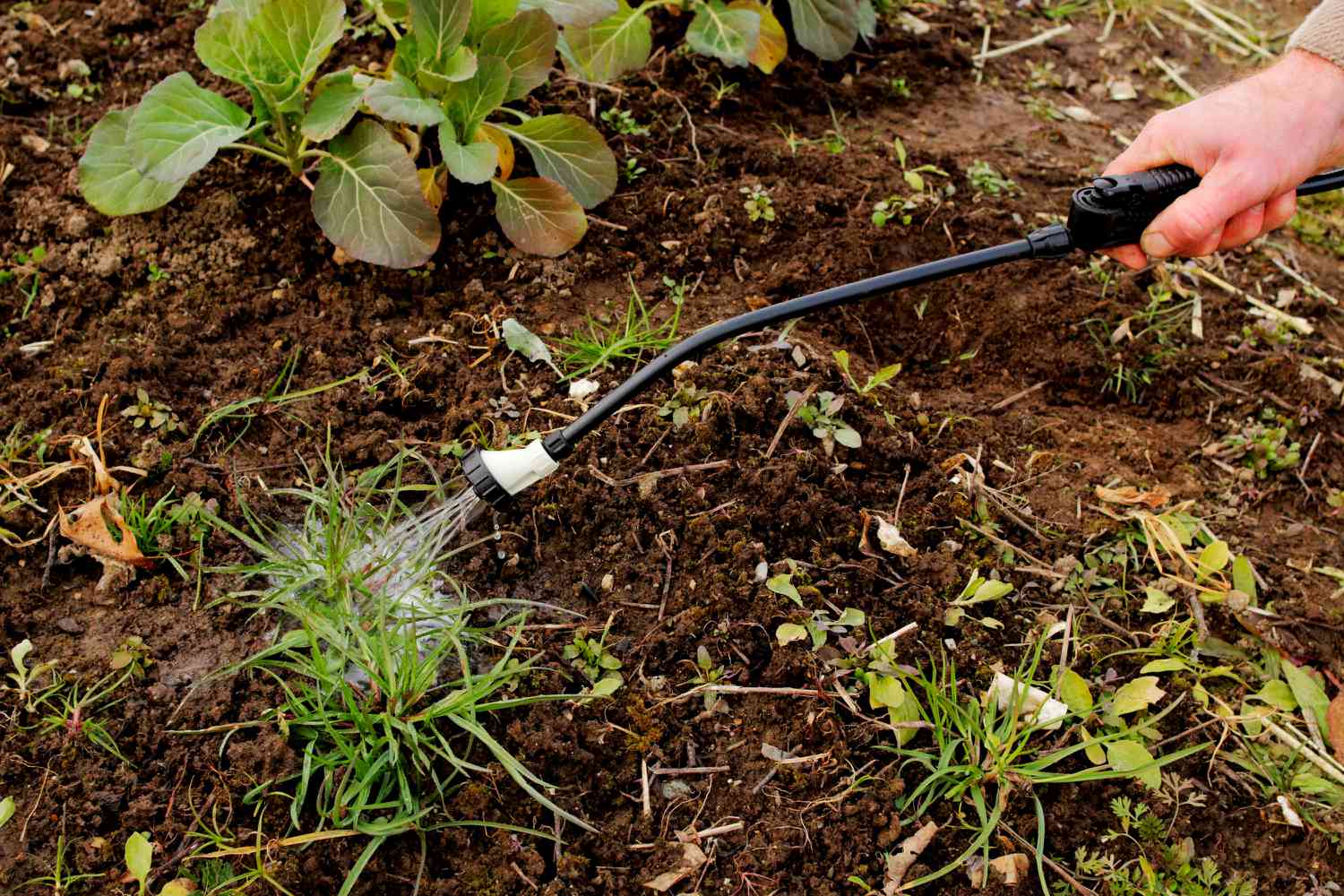
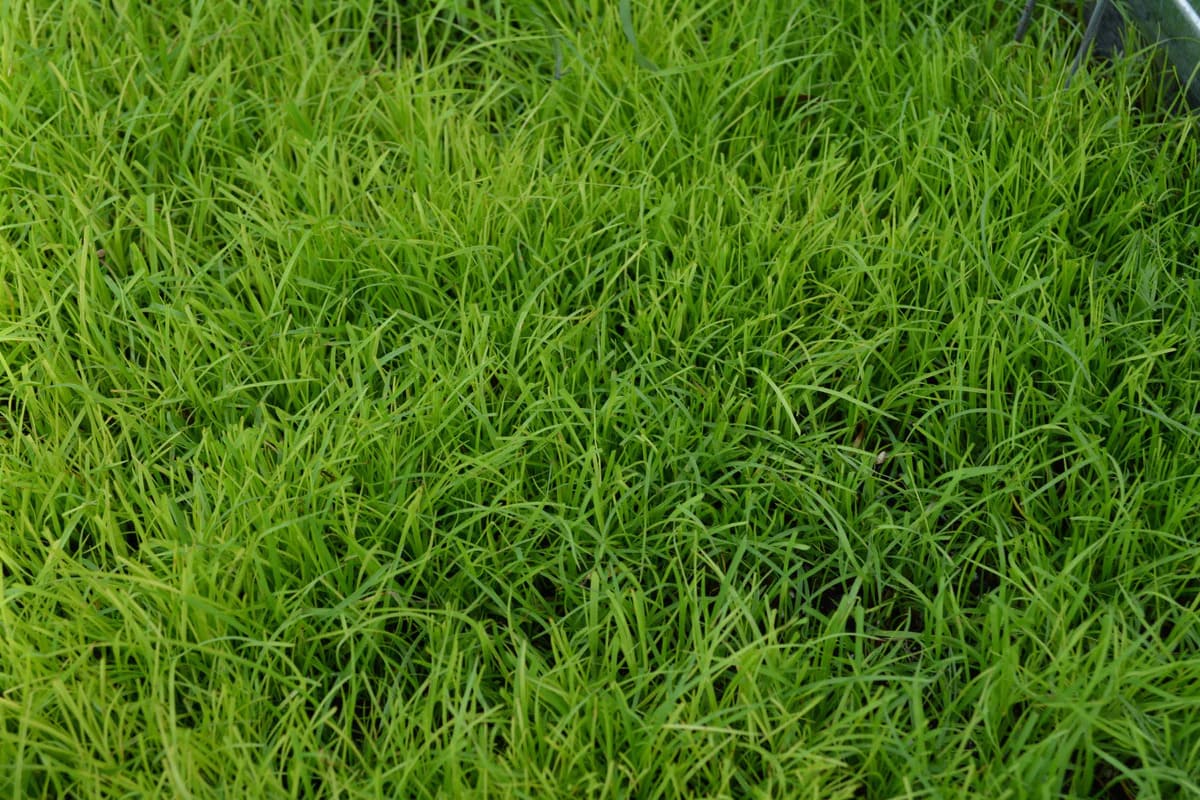
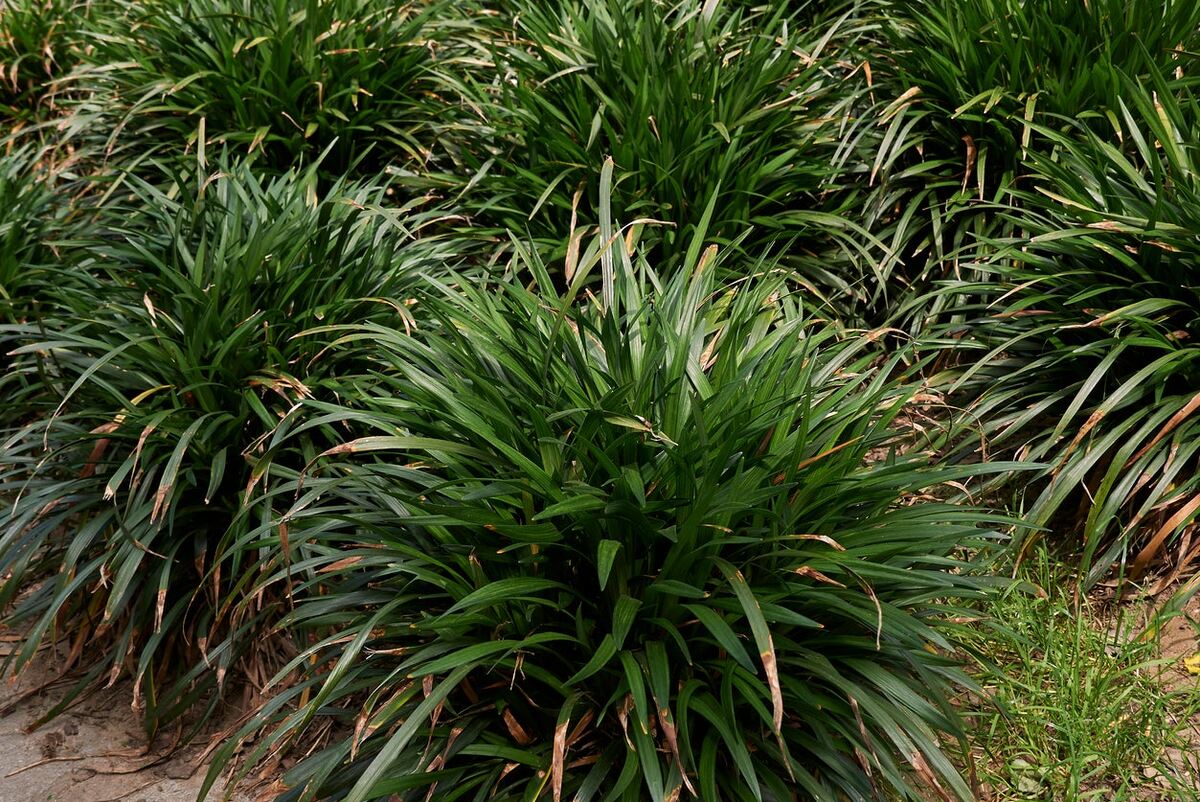
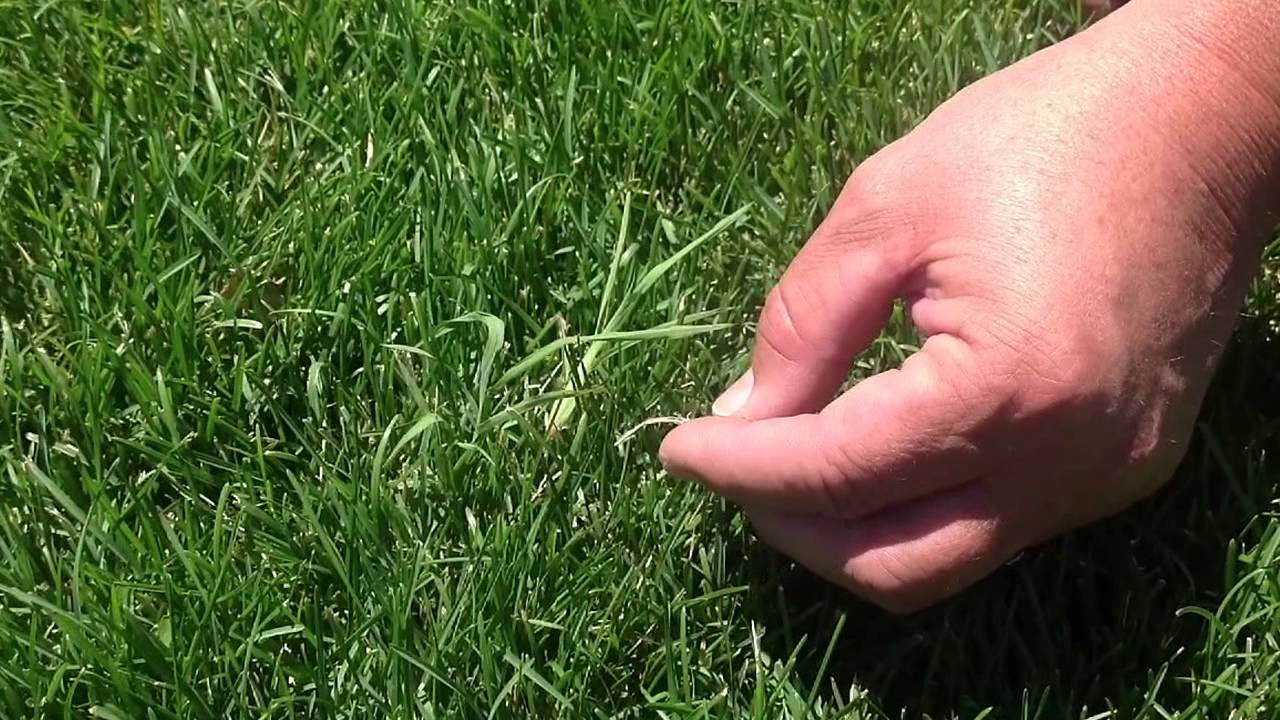
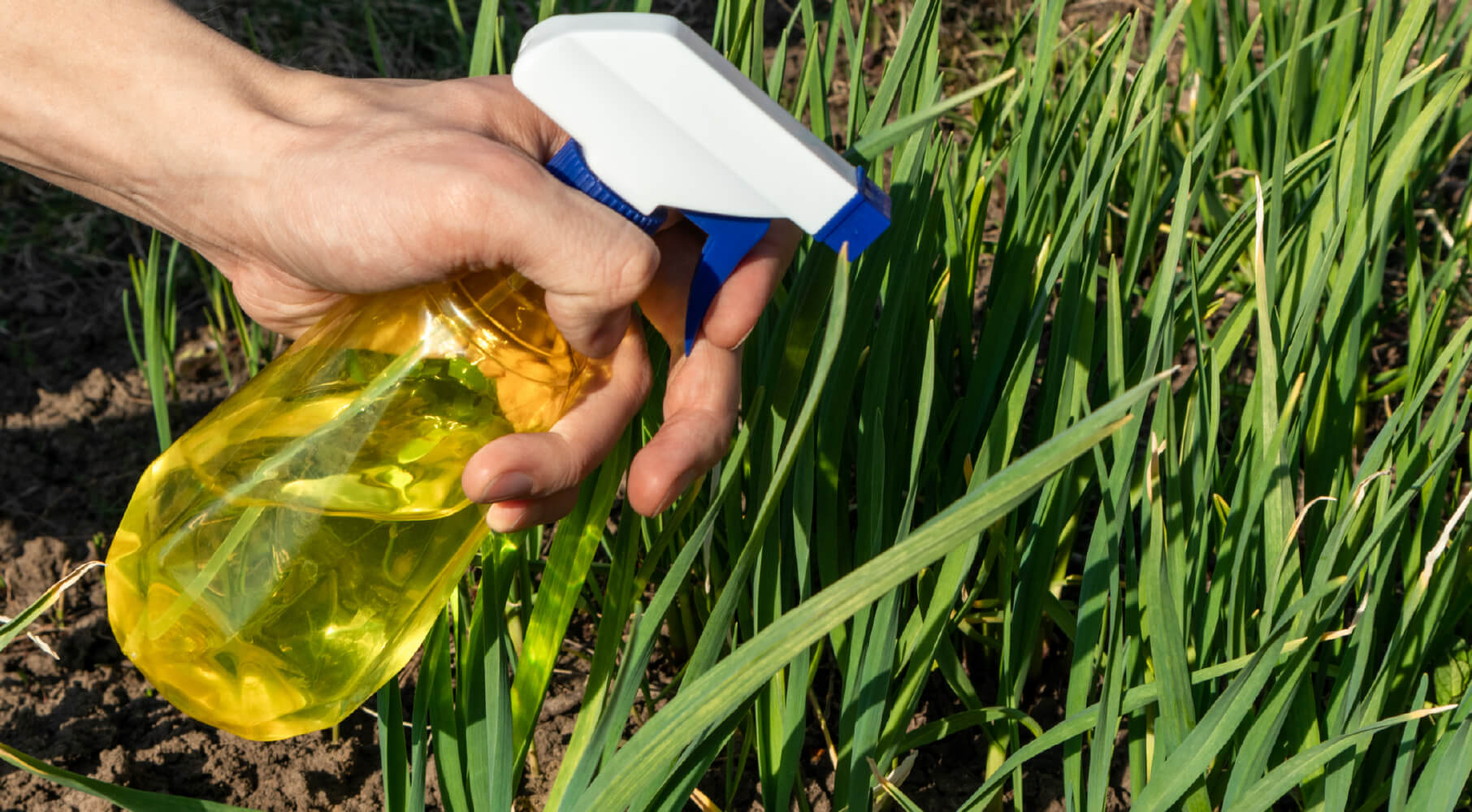
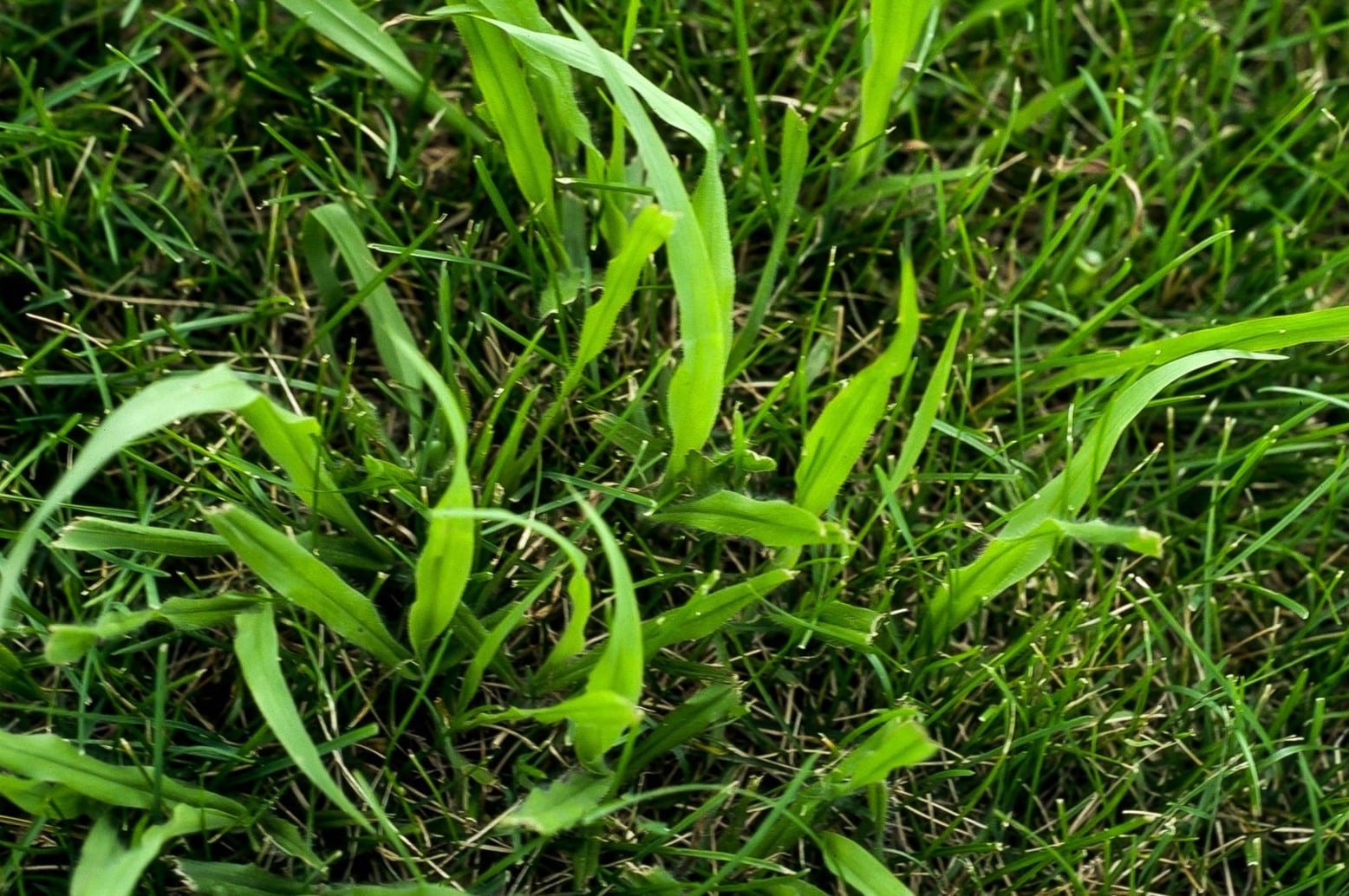
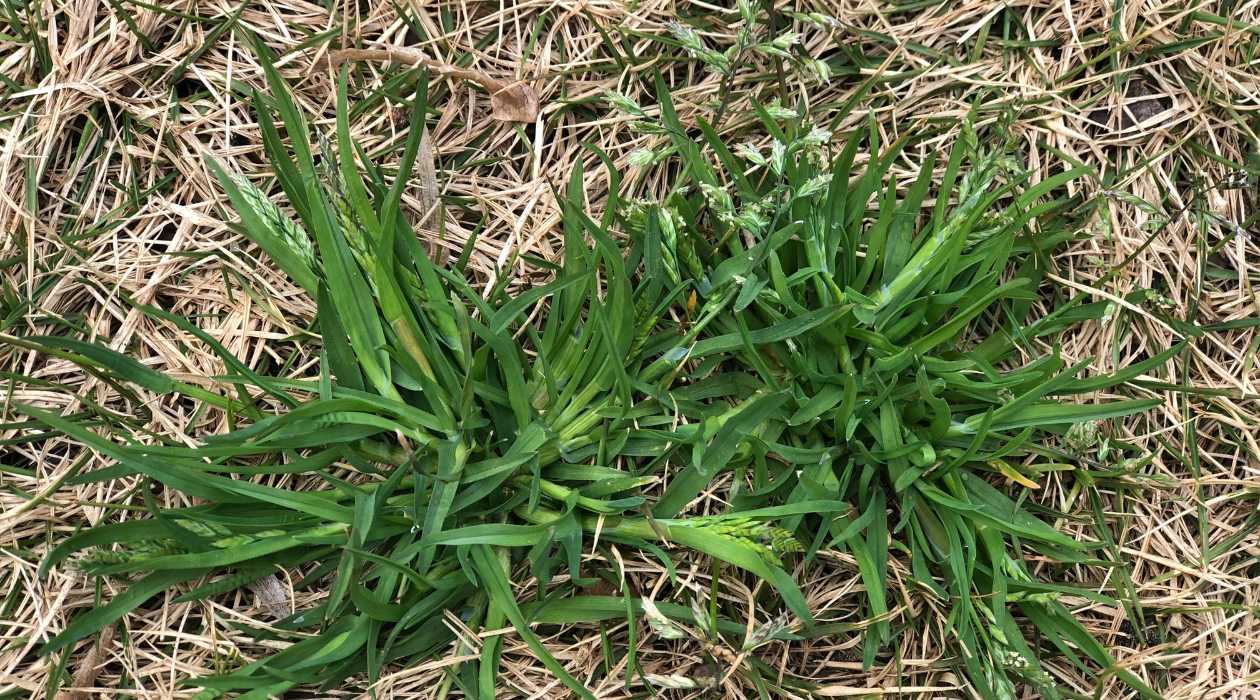
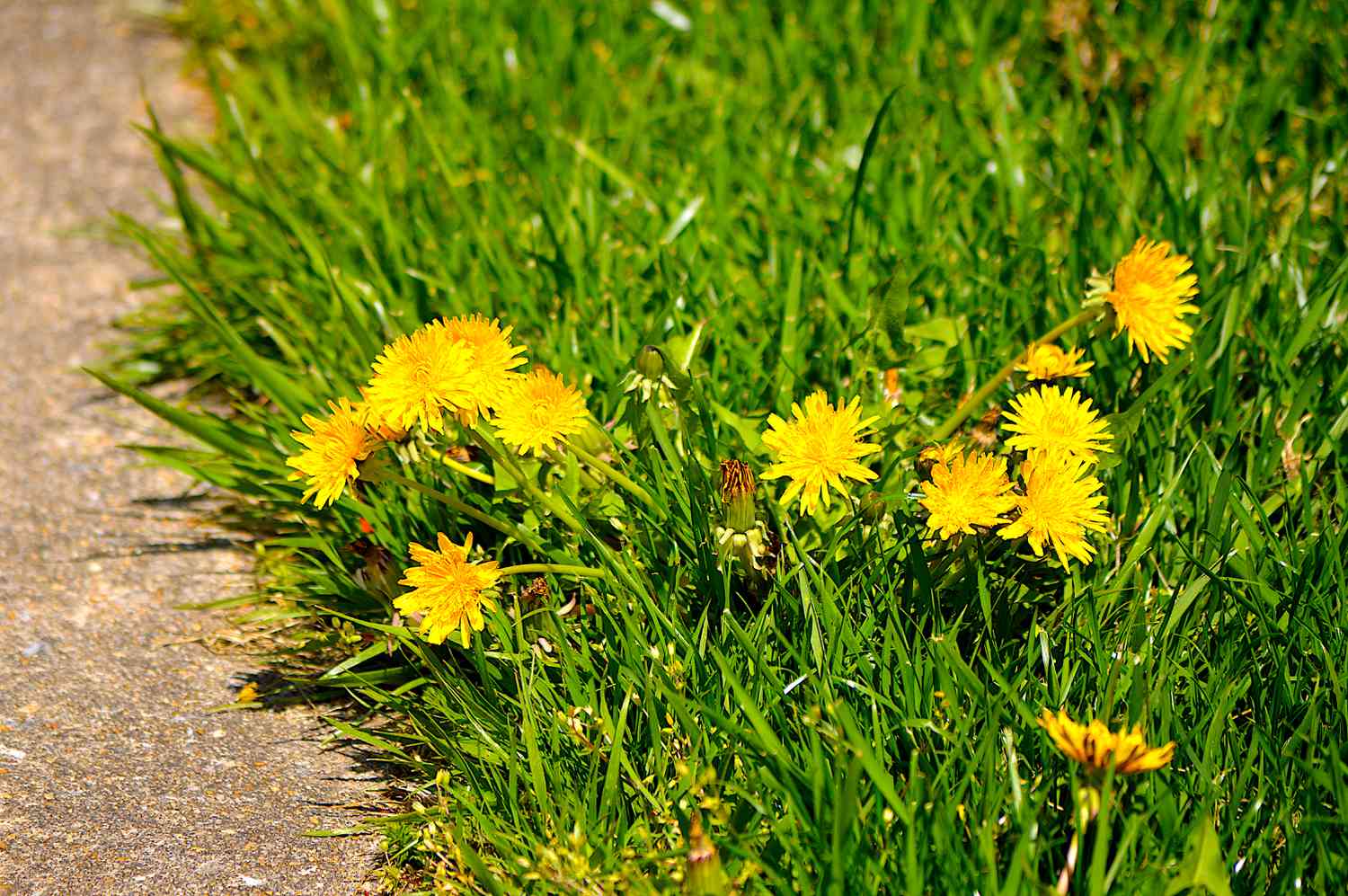
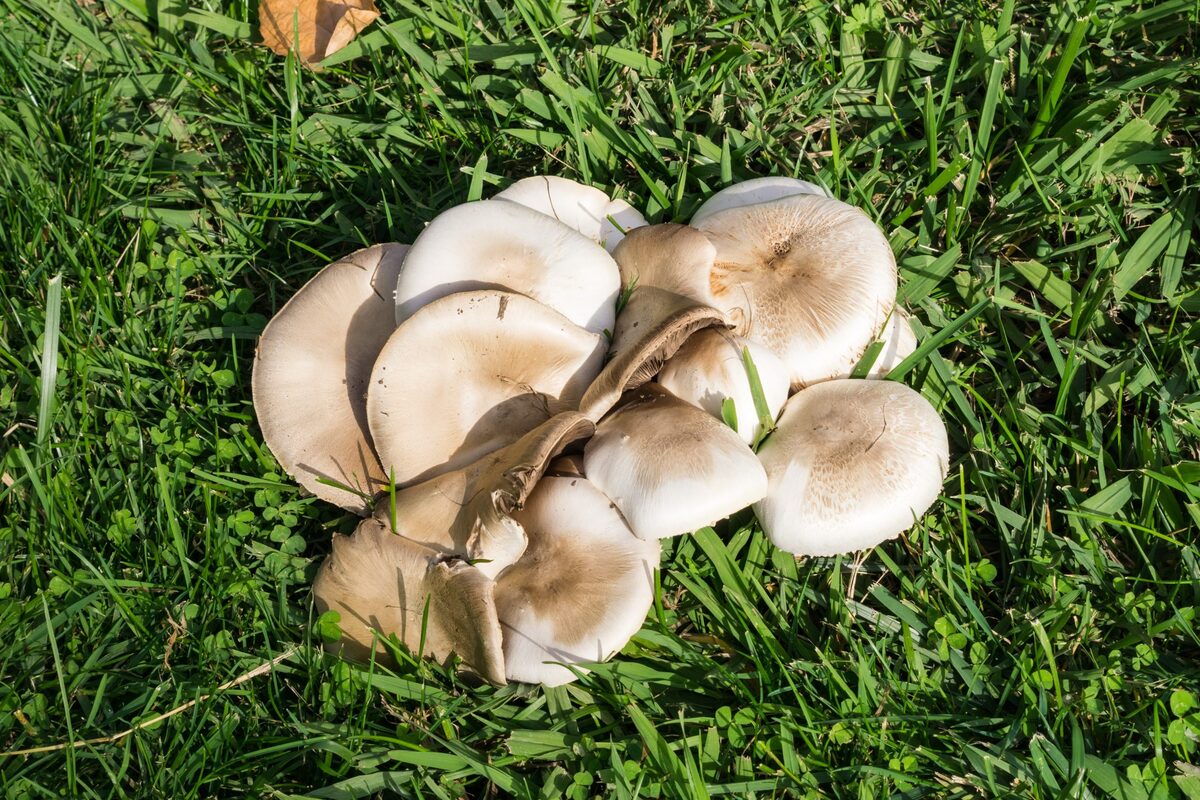
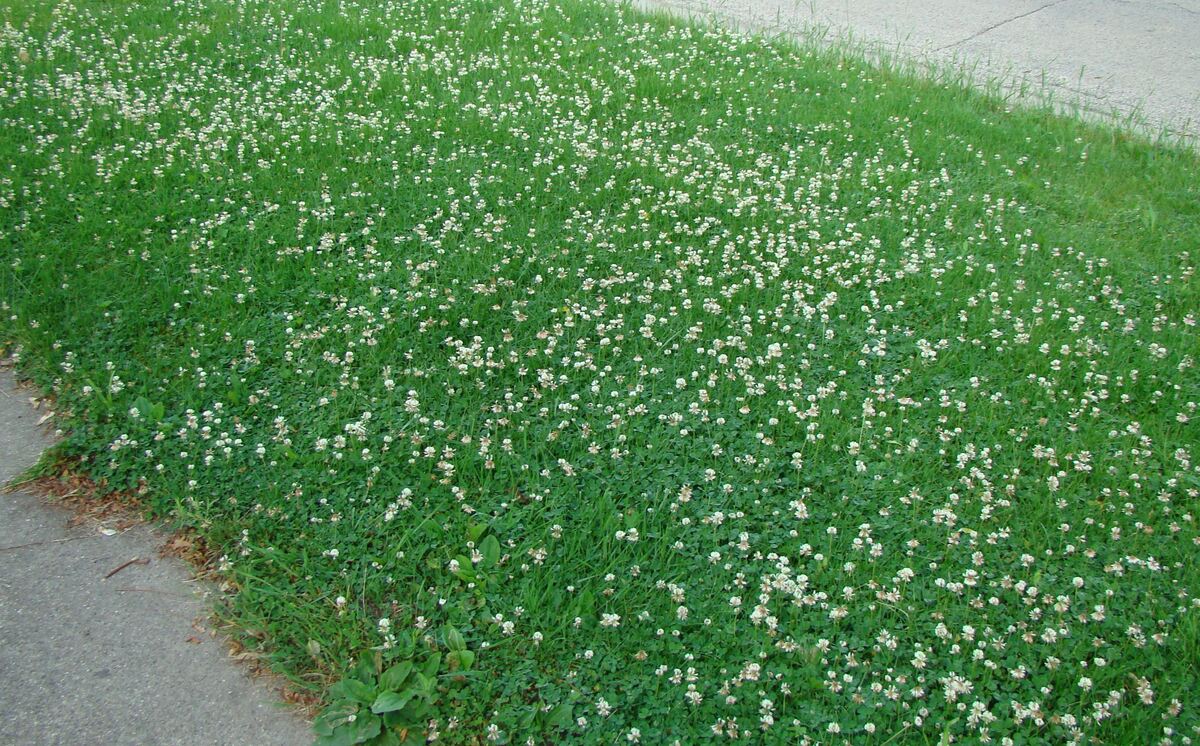

0 thoughts on “How To Kill Bahia Grass”